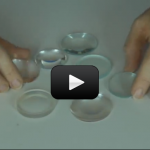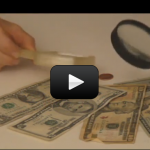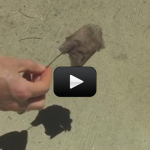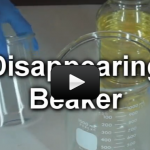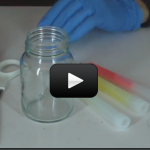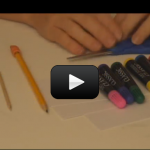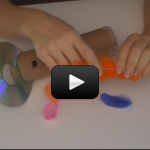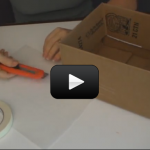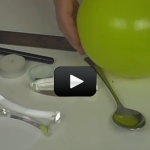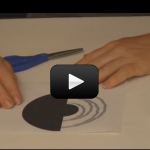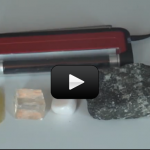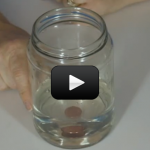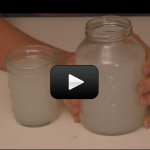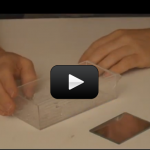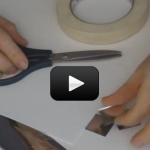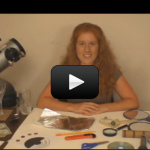Getting Started
Scientist are still trying to make heads or tails of this thing called light, and near as they can tell, it sometimes interacts like a particle (like a marble) and other times like a wave (like on the ocean), and you really can’t separate the two because they actually complement each other.
Energy can take one of two forms: matter and light (called electromagnetic radiation). Matter is what stuff is made from, like a chair or a table, and we'll talk a lot more about matter when we get to chemistry.
Light is energy that can travel through space and through some kinds of matter, like glass. Another word for light is "electromagnetic radiation". Light can have high energy, lower energy, or anything in between... kind of like high energy kids (the ones who race all over the playground), lower energy kids (the ones reading a book in a corner), and kids whose energy is somewhere in the middle.
Scientists usually refer to the light energy you can see with your eyes as "visible light", or just "light", and it has middle-of-the-road amounts of energy - not high, not low. Just average. That kind of electromagnetic radiation is called "light".
[am4show have='p8;p9;p11;p38;p72;p77;p92;' guest_error='Guest error message' user_error='User error message' ]
[am4show have='p8;p9;p11;p38;p72;p77;p92;' guest_error='Guest error message' user_error='User error message' ]
Here are the scientific concepts:
- Light has a source and travels in a direction.
- Sunlight can be blocked to create shadows.
- Light is reflected from mirrors and other surfaces.
- The color of light striking an object affects how our eyes see it.
- We see objects when light traveling from an object enters our eye.
- Light can travel through a vacuum, like space.
- Light can change speeds, but the maximum speed is through a vacuum (186,000 miles per second).
- Prisms un-mix light into its colors or wavelengths.
- Light changes speeds when it passes through a different material.
- Lenses work to bend light in a certain direction, called refraction.
- Concave lenses work to make objects smaller and convex lenses make them larger.
By the end of the labs in this unit, students will be able to:
- Design and build a simple refractor telescope using lenses.
- Know how to demonstrate how compound microscopes work.
- Understand how to determine how to measure the speed of light.
- Make observations to construct an experiment that shows that objects can be seen when illuminated.
- Design an experiment that investigates the effect of placing objects in the path of a beam of light.
- Differentiate observation from inference (interpretation) and know scientists’ explanations come partly from what they observe and partly from how they interpret their observations.
- Measure and estimate the weight, length and volume of objects.
- Formulate and justify predictions based on cause-and-effect relationships.
- Conduct multiple trials to test a prediction and draw conclusions about the relationships between predictions and results.
- Construct and interpret graphs from measurements.
- Follow a set of written instructions for a scientific investigation.
[/am4show]

